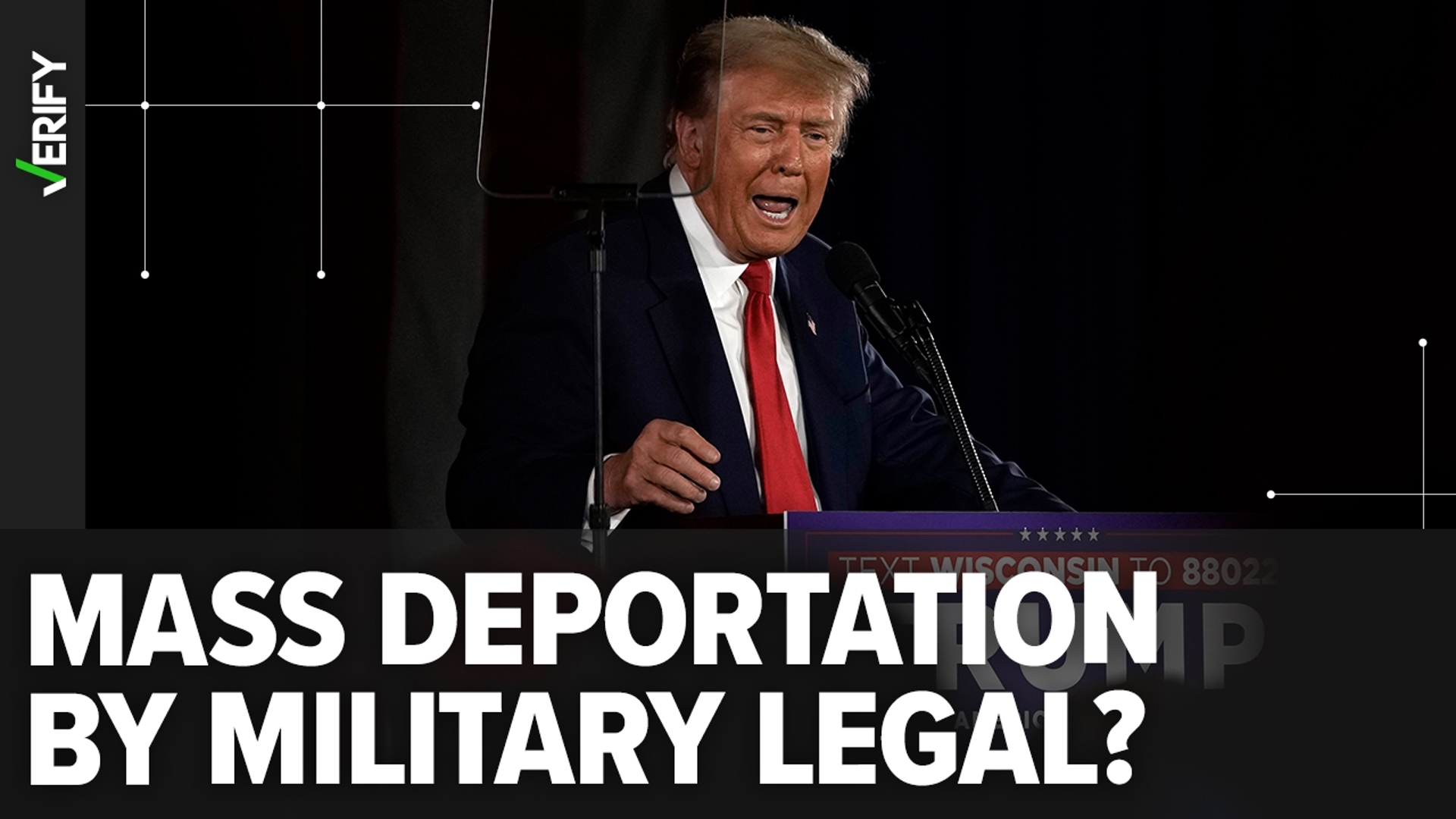John Stehr/Eyewitness News
Indianapolis, May 9 - About one million times a year someone comes through the gate at the Indianapolis Zoo. That makes it one of the city's biggest draws.
"The zoo is one of our primary attractions. In fact, every city has attractions and they are plentiful. Our city has attractions and attractors and the zoo is definately an attractor." That's the company line from the Convention and Visitors Bureau's Bob Schultz, which is even featuring the zoo on the cover of the latest "This is Indianapolis" magazine which goes in local hotel rooms.
The problem is that the magazine only reaches those who are already here or those who are already coming.
Since the zoo operates without tax dollars it doesn't have the budget to advertise outside of central Indiana. If it did, new Zoo Director Mike Crowther says he thinks he could double yearly attendance. "We could bring in between a half million and a million people a year from outside of central Indiana into the Indianapolis area if we had the big guns to be able to pull people in."
As it is, the Indianapolis Zoo struggles to stay competitive with other Midwestern zoos that cater to families looking for an outing or a destination for their road trip.
"I brag on it when we have visitors from out of town. I brag that we have one of the nicest zoos. It's under construction now, but nobody seems to mind. Everyone's out in full force today." That comment comes from one of Indy's main competitors, the world-renowned St. Louis Zoo.
Former Indianapolis Zoo Director Jeff Bonner took a job there last year. "We get three times as many visitors. The collection is in that vacinity, about three times as big and the budget's about three times as large, and that's critical."
All that and never an admission charge. St. Louis taxpayers keep the zoo running. "That generates about $13 million a year," says Bonner, "roughly a third of our budget, and that's an extraordinary lift."
So much so that that zoo has never had a money-losing month.
The St. Louis Zoo also has something money can't buy, a reputation as one of the best zoos in the country. It's a reputation that comes back almost 90 years when the city set aside land near the 1904 World's Fair site to make one of the first zoological parks in America.
In St. Louis, it's considered a community treasure.
St. Louis resident Ed Parker says he has "been coming here since I was a kid. And it's pretty much always had everything you want to see as far as a zoo in concerned."
The good feelings extend far beyond the city limits.
"We came down here specifially here today to go to the zoo." Bob Conflenti took his family there from Westfield, Indiana. "I'd have to say the cost is one of the big things here. I mean, when you have a family of, I have two stepdaughters, so there's eight of us, going to the zoo in Indianapolis is prohibitive."
It's a common complaint.
Adults pay $10.75 to get into Indy's Zoo, while it's generally less at its publically-funded competitors.
It's free in St. Louis, $8.95 in Louisville and $8 at the Brookville Zoo in Chicago. For kids the Fort Wayne Children's Zoo is considered one of the best in the country. Adults pay just $6.50 to get in there.
Without tax dollars to help keep costs down, a day at the Indianapolis Zoo can quickly add up.
Bruce and Denise Alm think "it was a little high, because you could almost buy a membership for what we paid there for an hour and a half, cause it's like $43, which is a little high because there's a lot of people that couldn't afford to come to the zoo because it is expensive."
Indianapolis Zoo Director MIke Crowther knows what he's up against. One way zoos measure performance is looking at the number of people who come from more than 50 miles away. Indianapolis gets only 20$ of its visitors from out of town. At the publically-funded St. Louis Zoo it closer to 70%. "I think right now, we're at a disadvantage, from a competitive standpoint, with the institutions that do receive tax fundung."
To stay in the game Indianapolis has to offer something different, and do it with less money than its competition. "We're gonna actually blow people away with some of the things that we will be doing in the future."
First up is the new Rhinoserous exhibit. "I think they'll be suprised at just how massive these animals are," says "Crowther.
After the rhinos, they plan to turn attention to an underwater plexiglass dome to put people in underwater with the dolphins and an interactive "swim with the dolphins" program.
The Zoo also promises one of the most spectacular gorilla exhibits in the world, part of an ambitious 12-year plan to take the zoo more competitive with its more well-funded Midwest competition. "By the time 12 years are up, people worldwide will be talking about the Indianapolis Zoo. In some sectors they already are, but everybody will be by that point."
The entire zoo layout is going to change. Think of a shopping mall with the major exhibits as the anchor stores connected by a circular path around the outside, then a series of paths leading to a central point (like the food court). Crowther feels re-configuration can increase zoo capacity by at least 30%.



